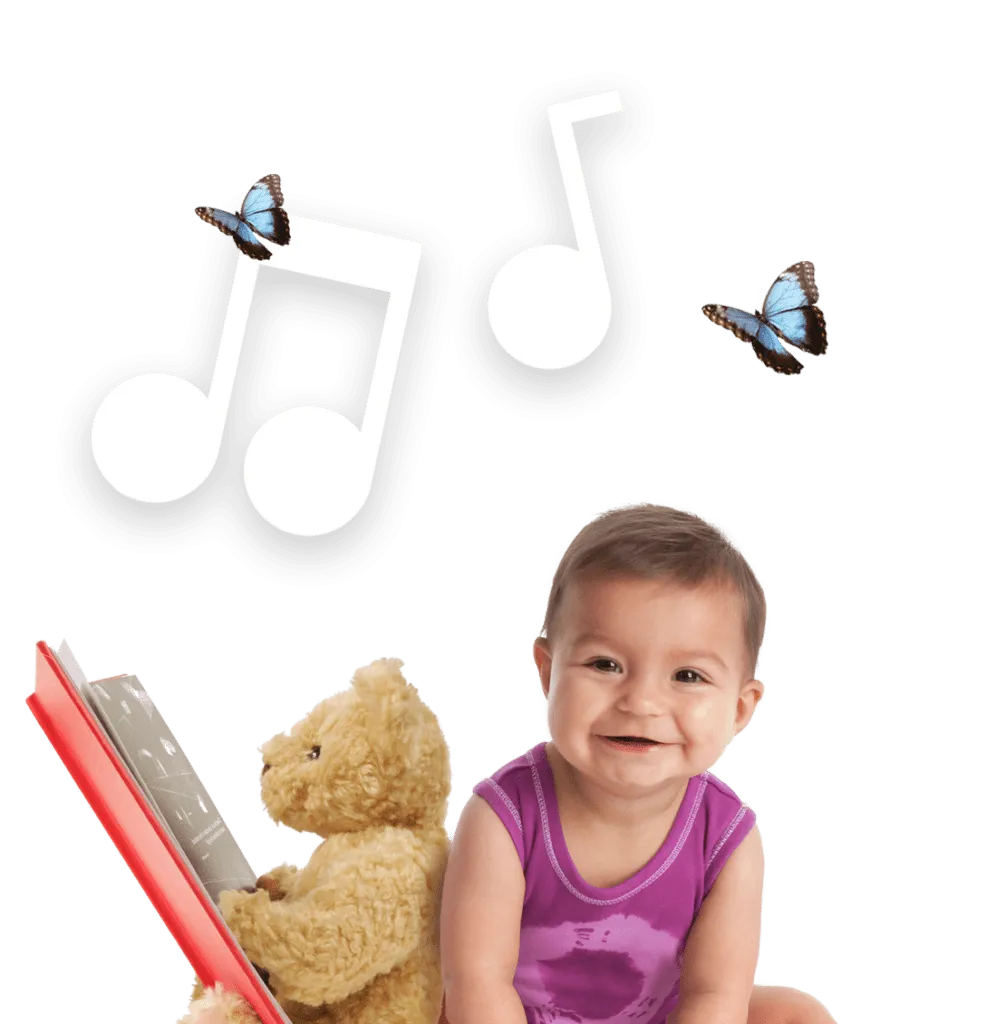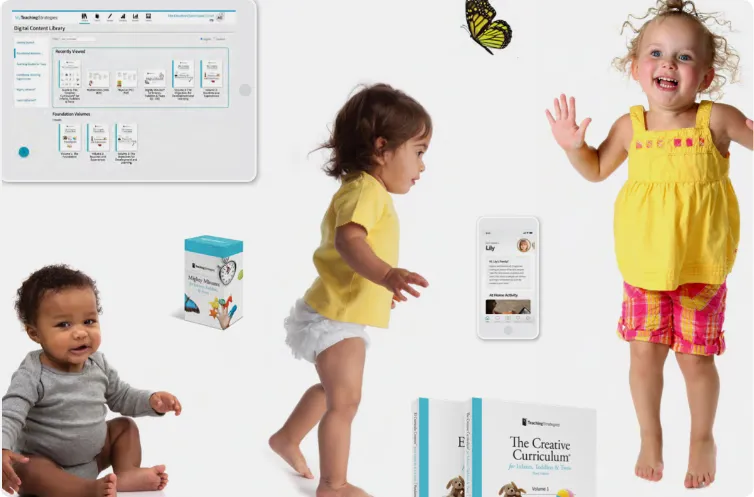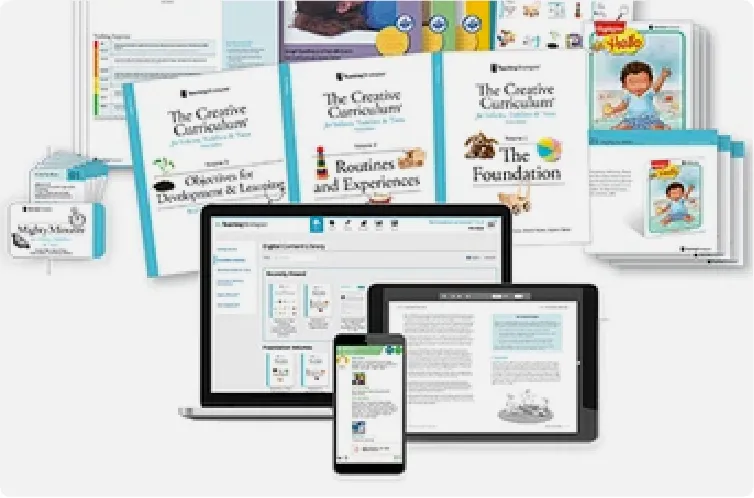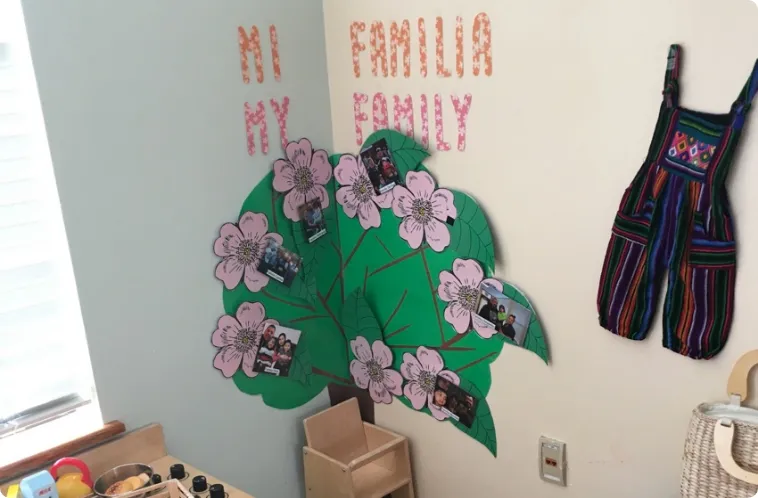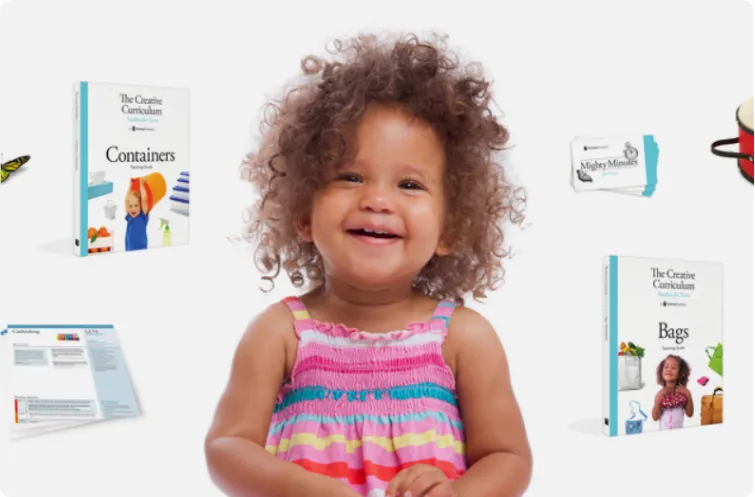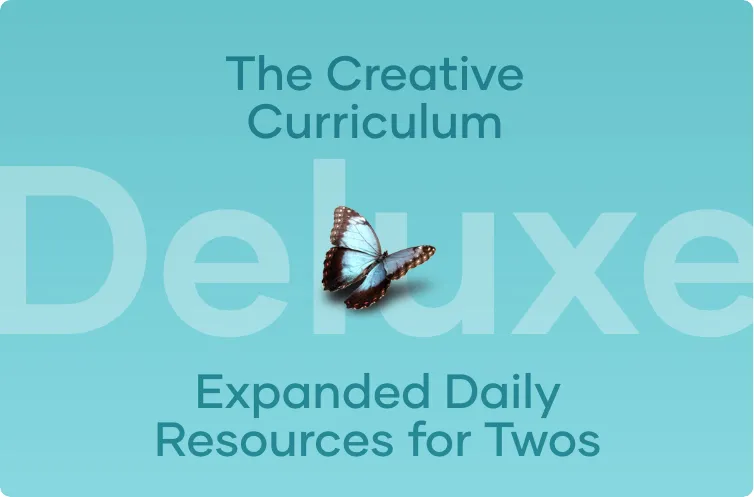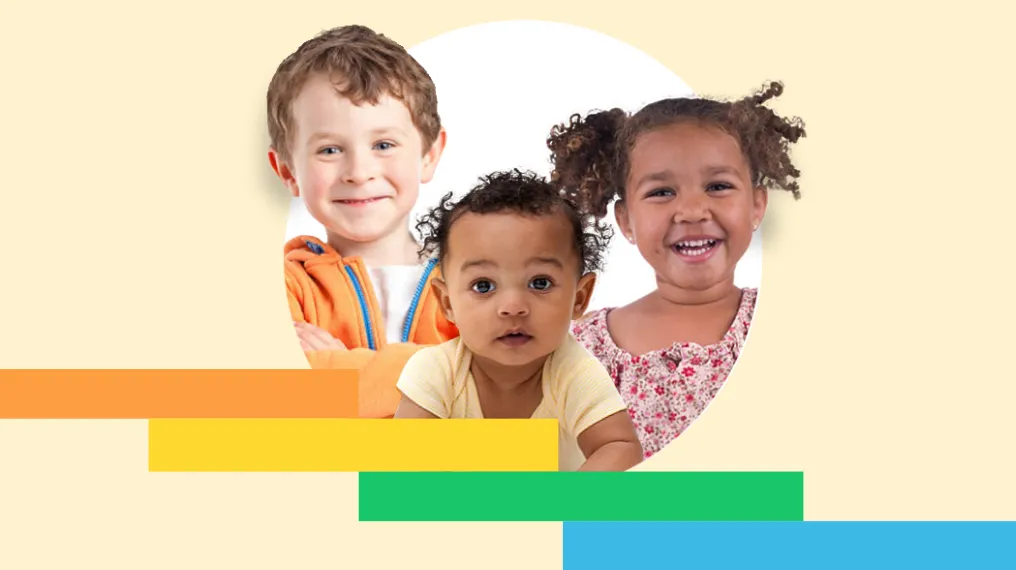Did you know that The Creative Curriculum qualifies for ESSA & ESSER Funding? View ESSA & ESSER Resources
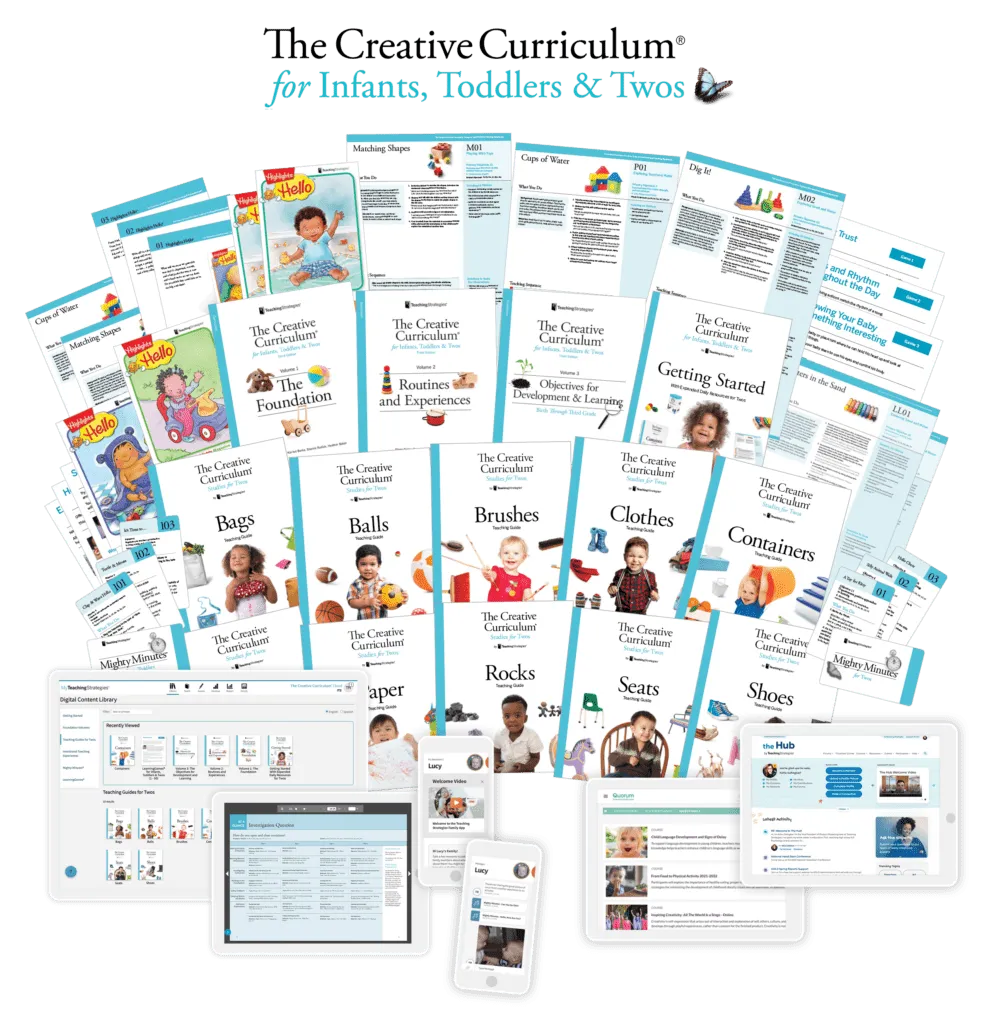
A Comprehensive Infants, Toddlers & Twos Curriculum
The Creative Curriculum for Infants, Toddlers & Twos incorporates meaningful learning activities into daily routines and provides intentional support for their caregivers. Our curriculum is research-based and top-rated to support caregivers and families.
- engages families as children make this transition from home to school,
- supports caregivers as they build children’s foundation for school readiness
- supports children from birth to 2 years old
This includes the third edition of The Creative Curriculum for Infants, Toddlers & Twos and The Creative Curriculum Expanded Daily Resources for Twos.
The Foundation
- 3 Foundation Volumes (print and digital)
- Volume 1: The Foundation
- Volume 2: Routines and Experiences
- Volume 3: Objectives for Development & Learning, Birth Through Third Grade
- Getting Started Guide (print and digital)
Daily Resources
- 10 Teaching Guides (print and digital)
- Containers
- Shoes
- Brushes
- Light
- Rocks
- Bags
- Clothes
- Seats
- Balls
- Paper
- Intentional Teaching Experiences (201 bilingual, in print and digital)
- Mighty Minutes (300 in digital, 200 in print)
- Highlights Hello, Classroom Set (36 issues, print only)
- 36 Book Conversation Cards (print and digital)
- Highlights Hello Family Sets (2 sets; 48 issues total; 24 English / 24 Spanish in print only)
- The Creative Curriculum LearningGames (digital only)
- Teaching Strategies Resource Organizer
Streamline planning, teaching, and family engagement anywhere, anytime, with 24/7 access to the full library of curriculum resources, in both English and Spanish; and two-way communication with families. Learn More about The Creative Curriculum Cloud
With the Teacher Membership, receive detailed guidance, support, and encouragement through a built-in online professional learning community; embedded microlearning; and flexible courses provided in a variety of formats, including all CDA and CCDF training.
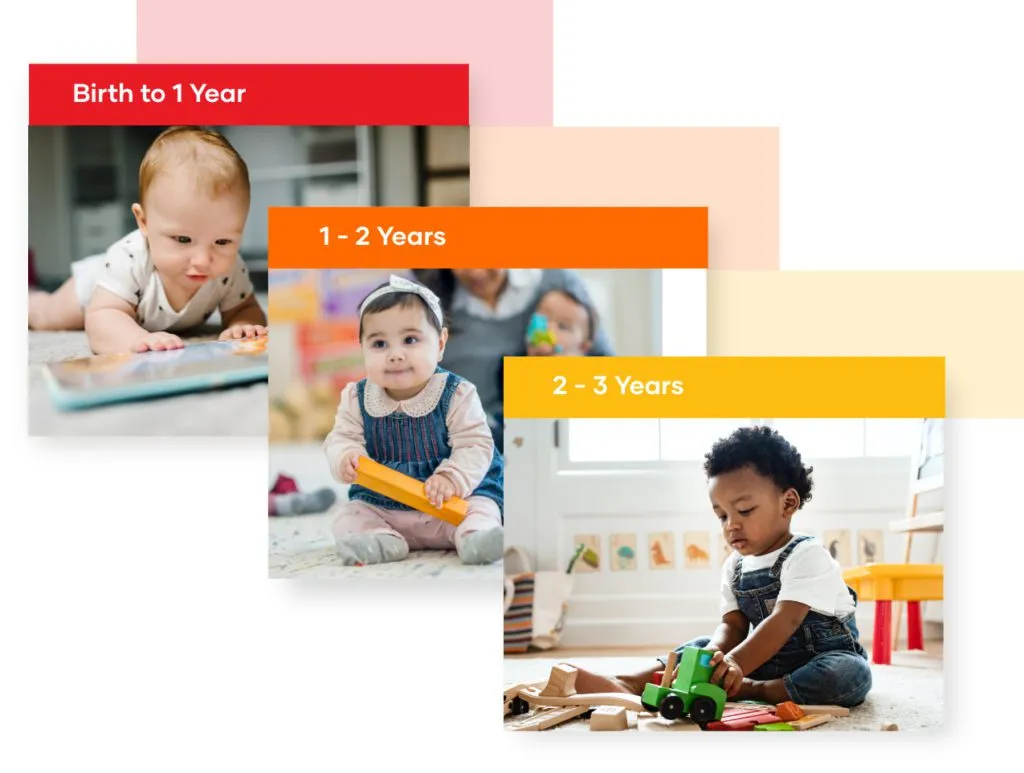
Incorporate Meaningful Learning Experiences Into Daily Routines
Everyday moments with infants, toddlers, and twos present opportunities to build upon their natural curiosity. Create meaningful interactions that help young children learn to regulate their emotions and behaviors, participate in a group, develop relationships with people in their lives, and have confidence in their own learning.
Focus on Intentional Caregiving
Utilize resources designed specifically to support the unique demands of each day in an infants, toddlers, and twos program. Teachers and caregivers can provide children with the opportunity to develop secure attachments through developmentally appropriate resources that allow them to gain confidence as learners.
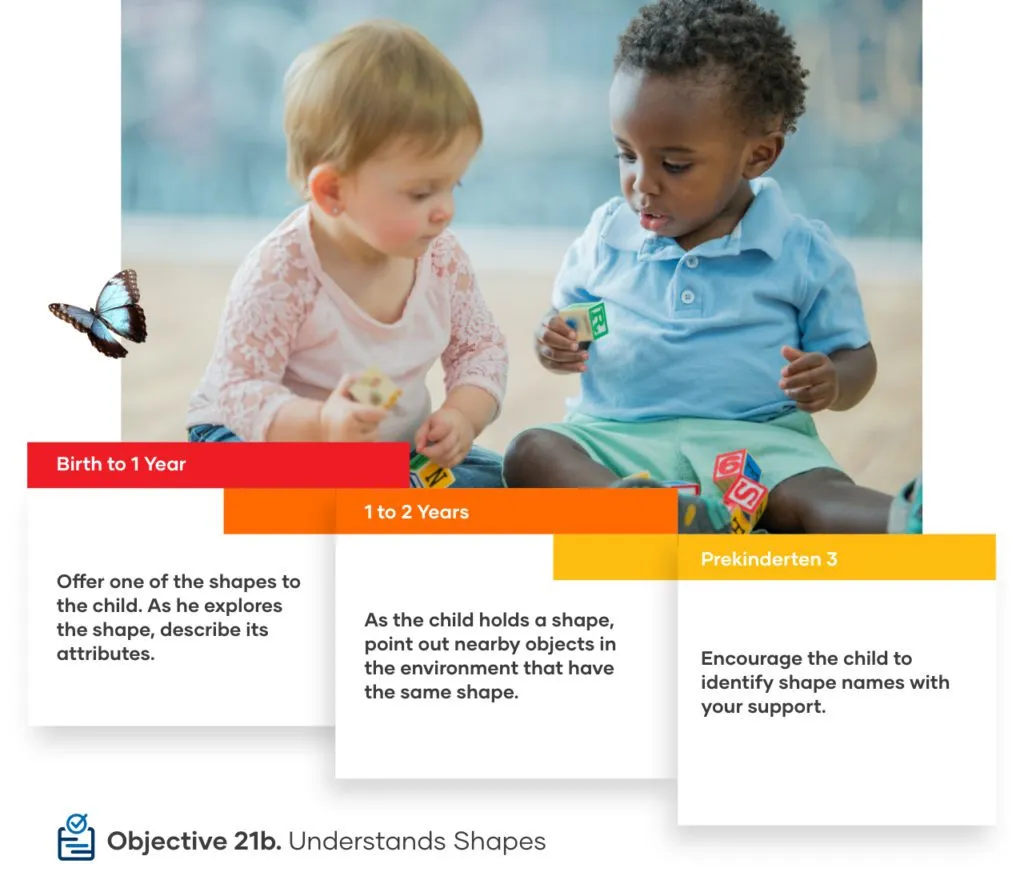
Address the Unique Needs, Interests, and Abilities of All Children
Every child is different, so it’s no surprise that they learn differently, too. Easily meet an infant, toddler, or 2-year-old exactly at their level, including those with disabilities, with a unique color-coded progression that shows the typical development of a skill from birth through third grade.
A Curriculum that Helps You Nurture Everyday Moments for the Youngest Learners
Teach Smarter, Not Harder
Discover smart tools for responsive planning and meaningful engagement with every child and family. Designed to work for you, The Creative Curriculum Cloud streamlines planning, teaching, and engagement so you can focus on the important work with children that no technology could ever replace.
Boost Teacher Confidence and Joy
Equip teachers with flexible professional development in a variety of formats, including embedded microlearning and a built-in online professional learning community with over 81,000 active early childhood educators. With guidance, support, and encouragement for effective implementation, teachers feel confident creating joyful learning experiences for every child.
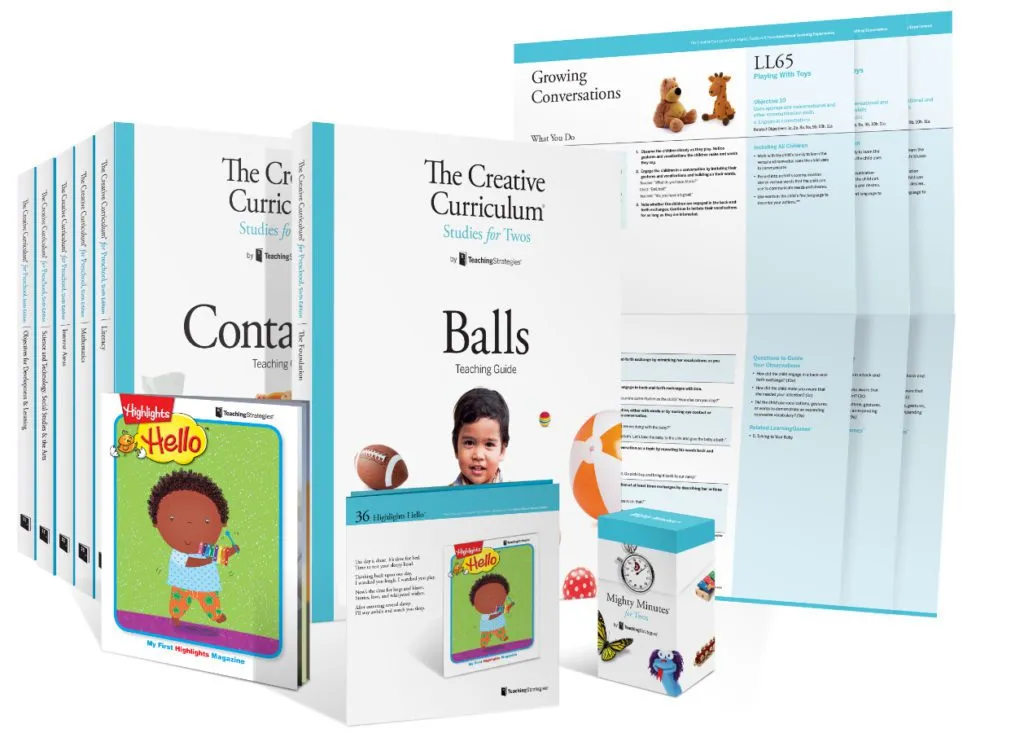
Spark Curiosity with Investigative Learning for Twos
Give two-year-old children the freedom to explore the world around them developmentally appropriate project-based learning. Complete your Infants, Toddlers & Twos Curriculum with Expanded Daily Resources for Twos and arm your teachers with resources designed specifically for two-year-olds.
More Reasons to Love The Creative Curriculum for Infants, Toddlers & Twos
Support the Whole Child From the Start
Our whole-child approach delivers academic rigor alongside social–emotional development, cognitive development, and meaningful interactions—inside the classroom and at home.
Research-Based. Field-Proven.
Our infant and toddler curriculum rounded in knowledge of child development and the latest theory and research from the field and is based on what is appropriate for all children.
Aligned to Your Early Learning Standards
Aligned to early learning guidelines in each state and the Head Start Early Learning Outcomes Framework
Unique Support for Twos
Introduce 2-year-olds to hands-on study explorations, while still maintaining responsive routines and caregiving with our Expanded Daily Resources for Twos.
Frequently Asked Questions
This curriculum is designed for programs serving children during the first three years of life.
The Creative Curriculum guides caregivers to organize and implement a program that provides nurturing, consistent, and loving routines and experiences for very young children. The curriculum offers choices and encourages responsiveness and flexibility.
The Creative Curriculum offers guidance in how caregivers can promote development and learning through five essential daily routines:
- hellos and goodbyes,
- diapering and toileting,
- eating and mealtimes,
- getting dressed, and
- sleeping and nap time.
The curriculum also outlines eight developmentally appropriate experiences that help young children learn about the world around them and develop new skills. These experiences include:
- playing with toys,
- imitating and pretending,
- enjoying stories and books,
- connecting with music and movement,
- creating with art,
- tasting and preparing food,
- exploring sand and water; and
- going outdoors.
At the heart of The Creative Curriculum are 38 objectives for development and learning. They cover all areas of development and learning that research has shown to be essential for children’s success, including language and literacy, mathematics, social–emotional, cognitive, physical, social studies, and the arts.
Infants and toddlers engage in play during routines and experiences that offer opportunities for them to explore the world around them, engage with materials that interest them, and interact with the people around them, within the safety of a nurturing, consistent, and loving environment.
For programs that implement the Studies for Twos that are part of the curriculum’s Expanded Daily Resources for Twos, Teaching Guides provide guidance to promote play-based exploration and investigation of materials that they find interesting. For example, in the Balls study, children investigate differences between balls, such as between a basketball and a baseball, and discover how they can make the balls roll and bounce.
Yes. Teaching Strategies offers the Professional Development Teacher Membership, which provides a wide variety of rich options for engagement and professional learning. The Professional Development Teacher Membership offers unlimited access to
- a large catalog of flexible, modular, asynchronous courses in English and Spanish;
- a rapid onboarding teacher program;
- a professional learning community of nearly 100,000 educators;
- an “Ask an Expert” service;
- virtual, live sessions on a variety of early childhood topics;
- all training for CDA and CCDF requirements; and
- an opportunity to earn continuing education units (CEU).
For nearly a quarter of a century, programs serving children from birth through age 3 have trusted The Creative Curriculum for Infants, Toddlers & Twos to help them plan and implement a rich, developmentally appropriate program that incorporates best practices and reflects how young children develop and learn. A report from the Early Childhood Knowledge Center has praised The Creative Curriculum for its guidance in individualized learning and parent and family engagement. The report credits The Creative Curriculum for creating goals for children, providing research-based materials, and establishing routines and experiences in a safe environment.

Everyday moments are what make your work truly special.
Make a meaningful difference in the lives of the very young children in your care and their families with The Creative Curriculum for Infants, Toddlers & Twos.
